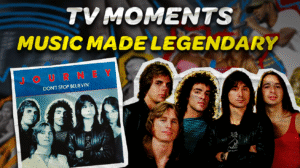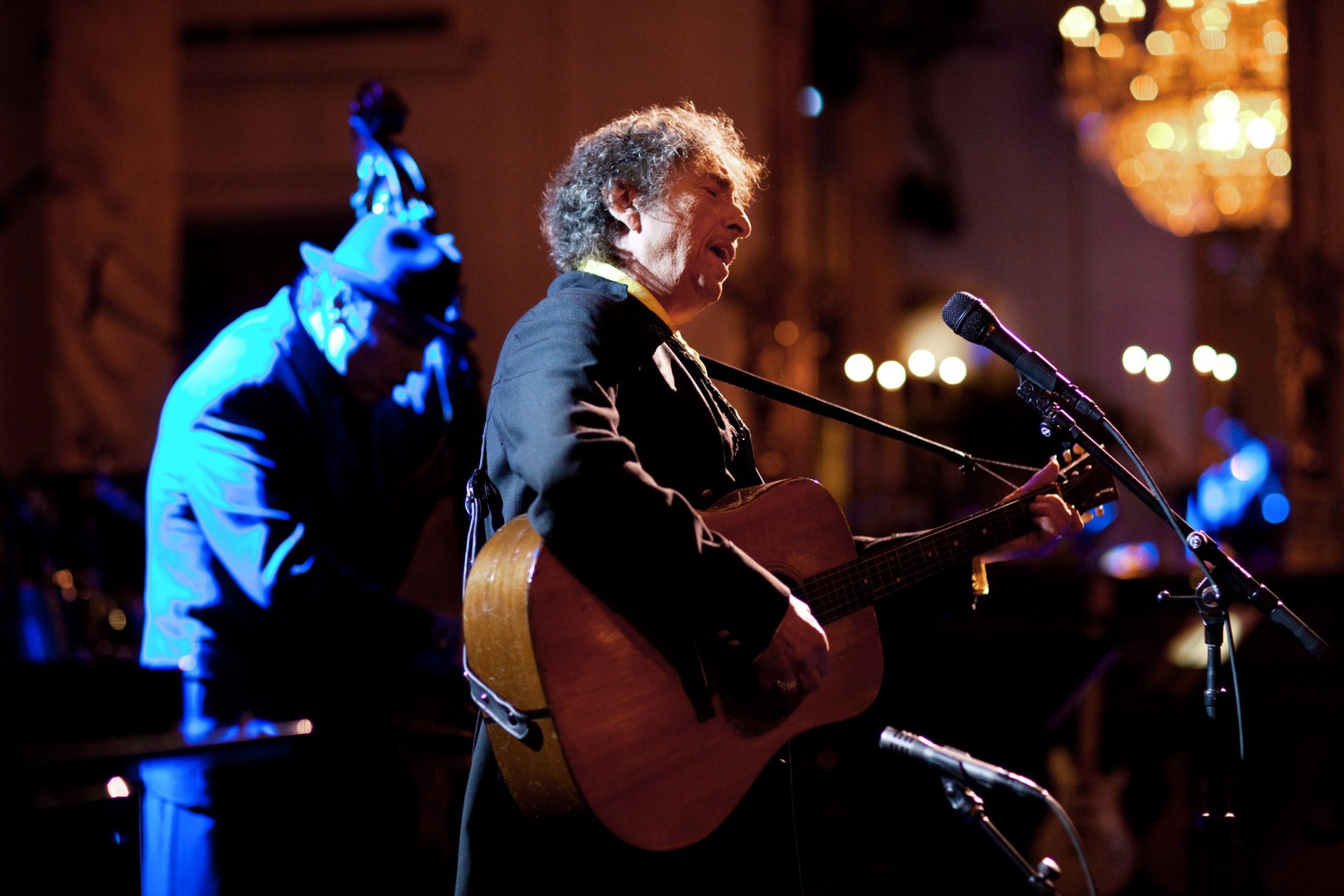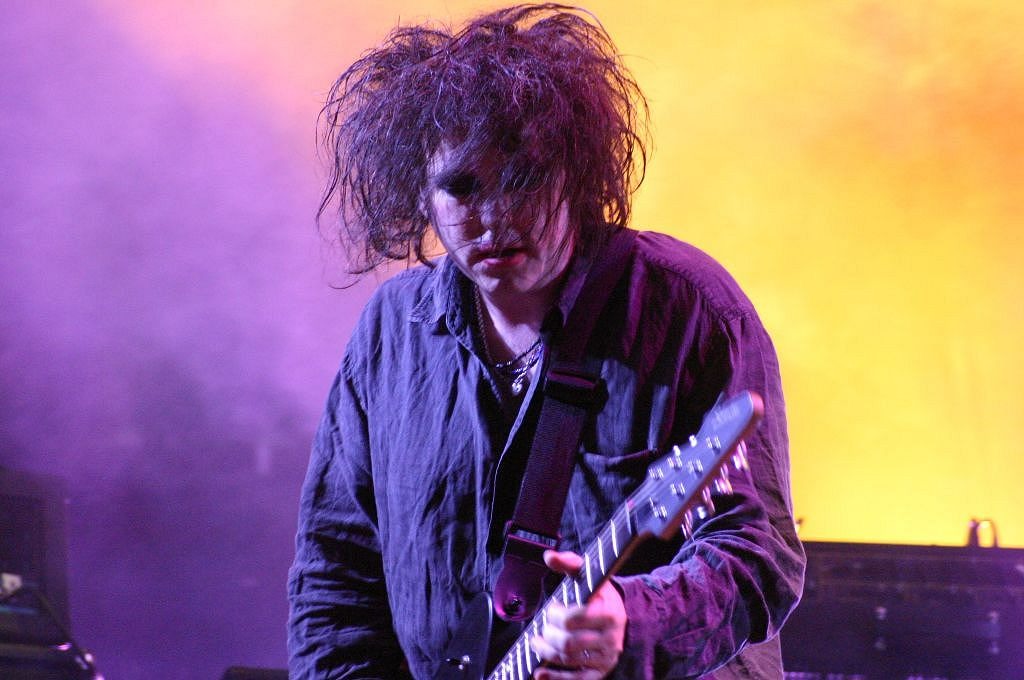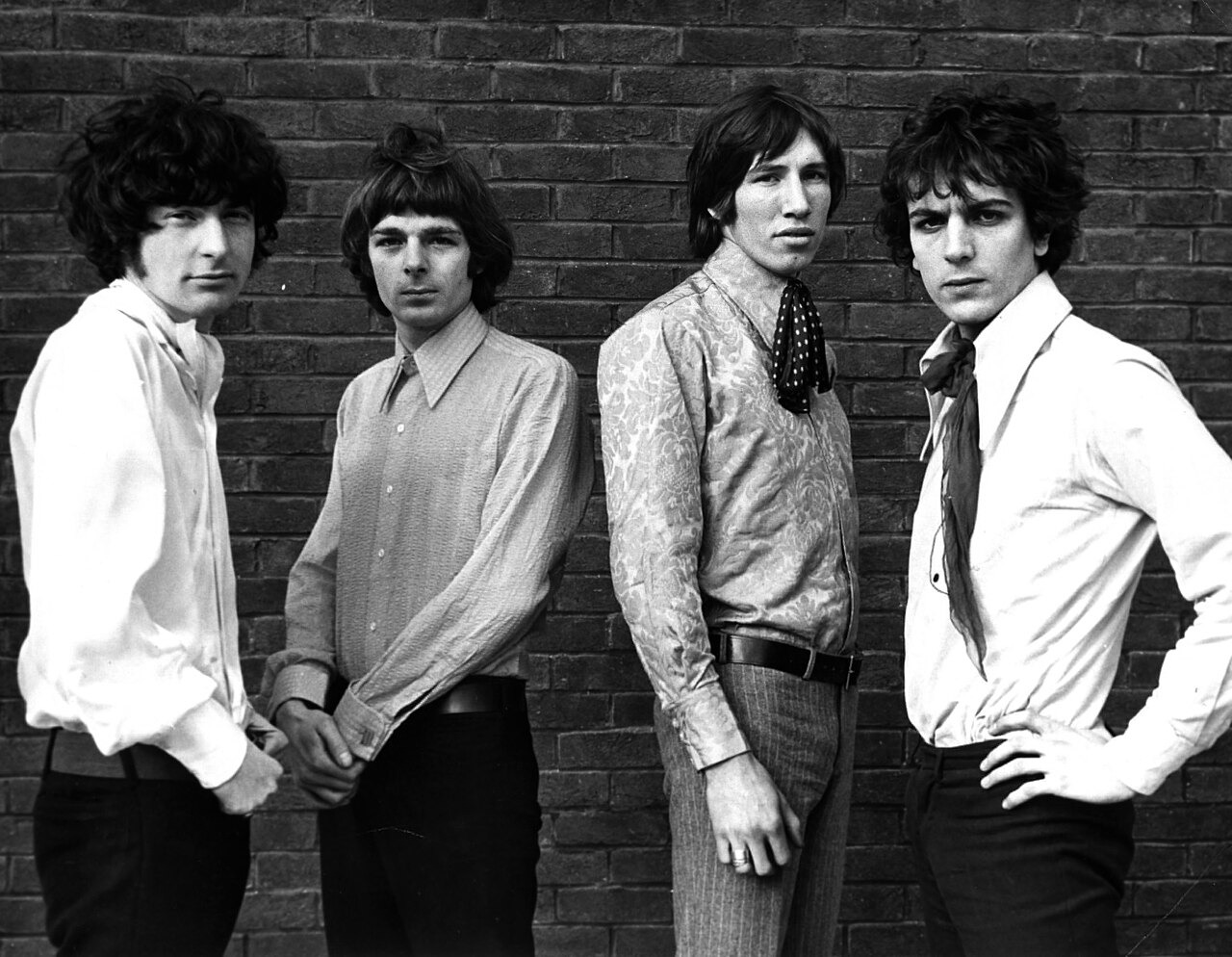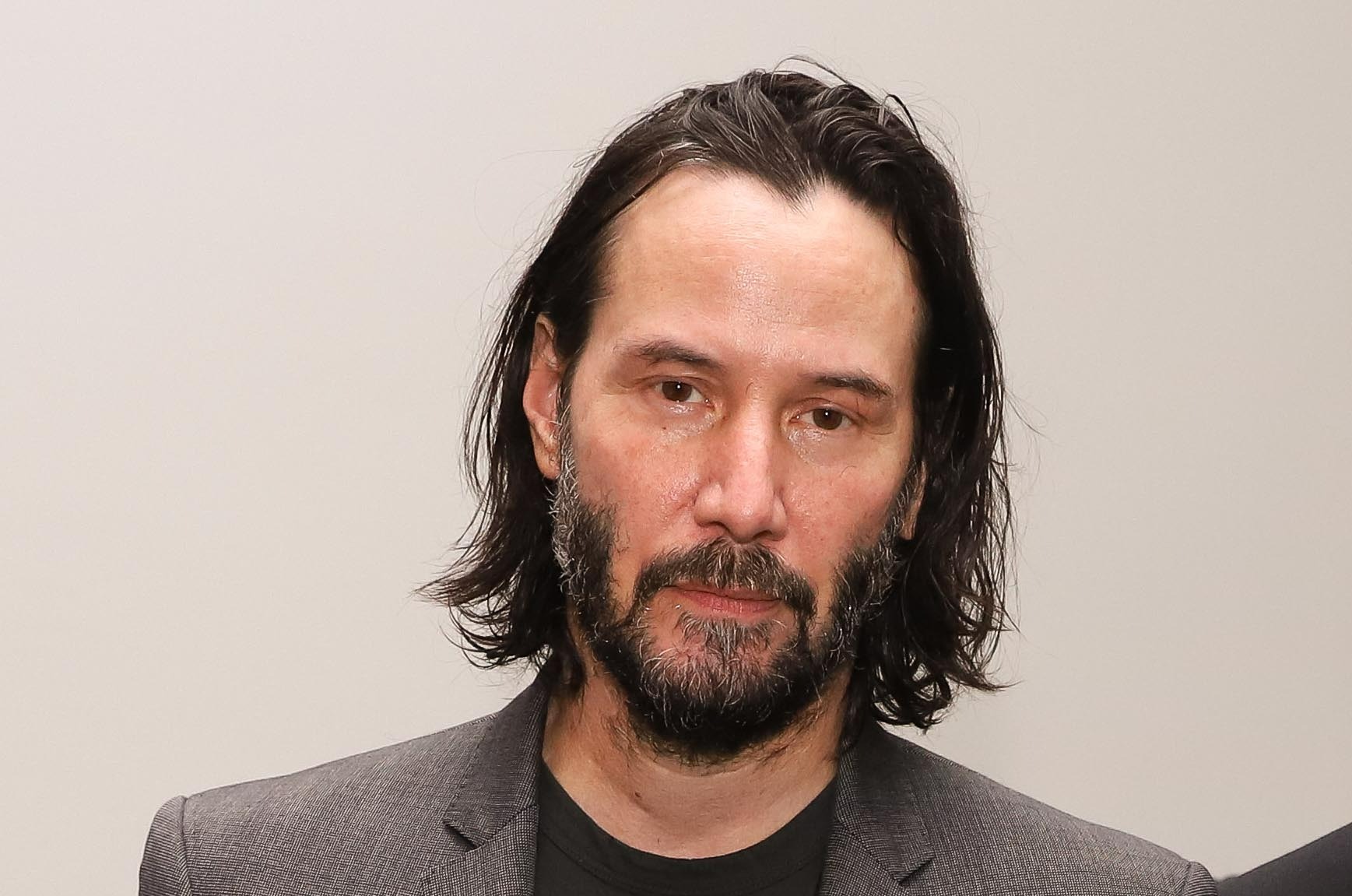
The 1970s rewired television’s DNA with creative electricity that still powers screens today. Working with budgets that wouldn’t cover a single “Succession” episode, creators crafted shows tackling everything from environmental collapse to gender politics. You’re looking at television’s most daring decade, when limitations became stylistic signatures and cultural shifts demanded bold programming experiments. These meticulously selected shows reveal how the medium functioned as both mirror and cultural projector, transforming society’s seismic changes into entertainment that continues resonating with modern audiences seeking authentic storytelling over algorithmic formulas.
17. The Lost Saucer

Jim Nabors and Ruth Buzzi traded comedy credentials for space credentials as Fi and Fum, androids from year 3000 whose flying saucer accidentally whisks away two Earth children. Time-traveling premises created platforms for fish-out-of-water comedy as groups bounced between historical periods with GPS-with-dying-batteries navigational precision.
The saucer came equipped with nonsensical technology creating more problems than solutions, including robot dog Dorse combining worst attributes of both species. The show’s humor operated on pure absurdity wavelengths, creating situations where logic took backseats to visual gags and wordplay.
16. Quark

In a universe where Star Trek took itself with cathedral-like seriousness, Quark dared asking what happens when space is actually garbage. The series follows Adam Quark, cosmic trash collector extraordinaire, commanding a crew making Guardians of the Galaxy look professionally competent. Navigation problems get handled by identical clone navigators—the Bettys—perpetually competing for his attention like an interstellar Bachelor episode.
Despite lasting just eight episodes, Quark’s satirical dismantling of sci-fi conventions cultivated devoted followings keeping its memory alive through convention panels and YouTube clips. It stands as television’s earliest warning against taking space fantasies too seriously.
15. The Ghost Busters
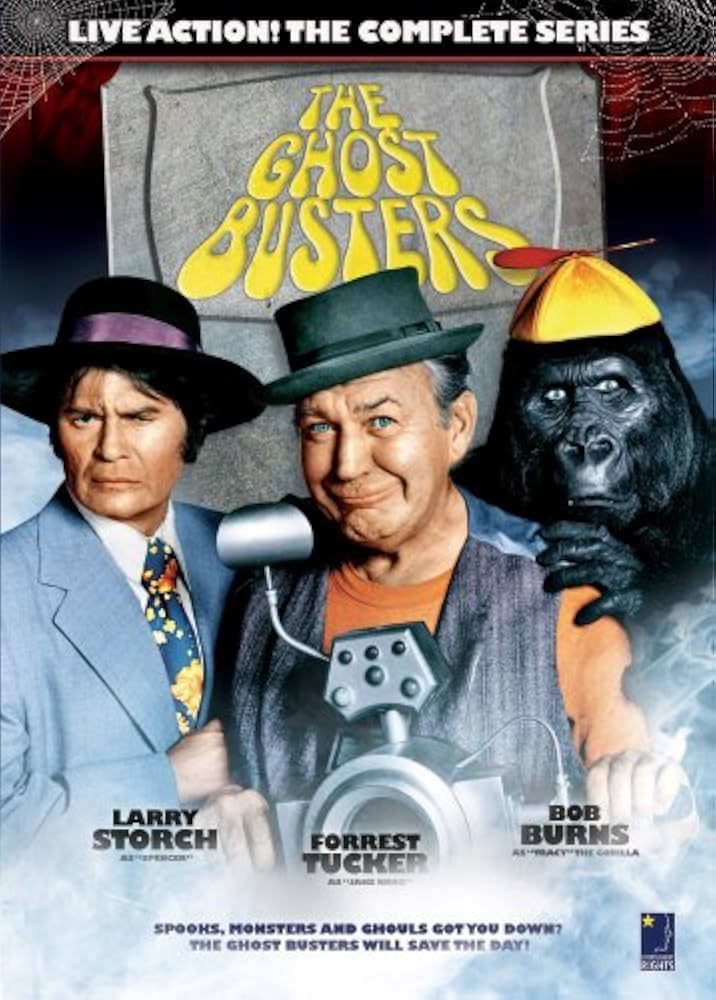
Years before Bill Murray strapped on proton packs, this series featured Jake Kong and Eddie Spencer alongside gorilla sidekick Tracy as supernatural investigators. Their equipment lacked high-tech polish of later film franchises—primary ghost-hunting tools were temperamental “Ghost Dematerializers” and self-destructing tape recorders delivering assignments.
The trio faced classic monsters reimagined as ghosts, including Billy the Kid and Dr. Jekyll, in adventures combining slapstick comedy with mild supernatural thrills. The show’s title later created legal tangles when 1984 films emerged, leading to Hollywood’s more unusual copyright disputes.
14. The Magician
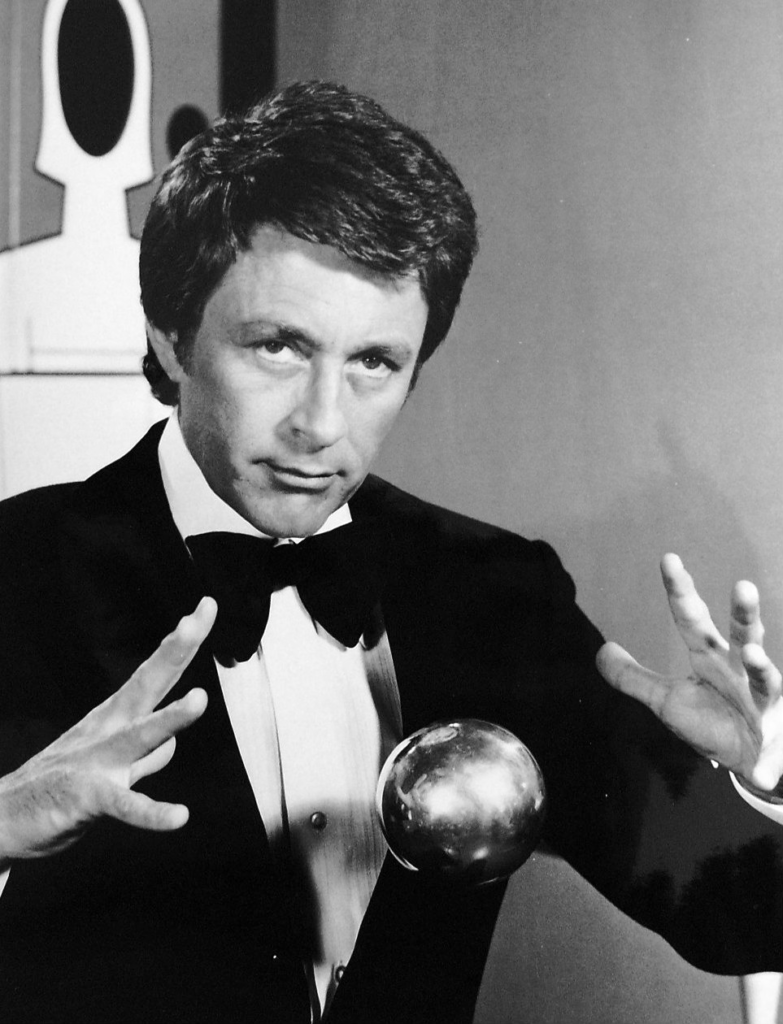
Bill Bixby traded Hulk transformations for playing card transformations as Tony Blake, a magician using illusions to solve crimes instead of entertaining birthday parties. Blake lived with flamboyance making Tony Stark take notes—his customized Boeing 720 jet “Spirit” featured fully-equipped magic stages, workshops, and living quarters redefining working-from-home concepts.
When not airborne, Blake cruised in his signature Corvette, bringing style to crime-solving most detectives could only dream of. The show’s commitment to authentic magic—performed without camera tricks—created viewing experiences where audiences simultaneously solved both crimes and impossible card manipulations.
13. Space Academy

Set in year 3732, Space Academy followed cadets training at facilities built into asteroids, learning to protect galaxies while managing exceptional abilities including telepathy and superhuman strength. Their primary training vessel, the Seeker, allowed them to complete simulated missions inevitably turning into actual adventures because television demands stakes.
The show’s special effects—particularly model work—represented high-end television production for its era, creating space sequences genuinely impressing viewers accustomed to seeing spaceship models suspended by visible wires. Space Academy delivered educational messages about teamwork and responsibility alongside enough action keeping children engaged.
12. The Starlost
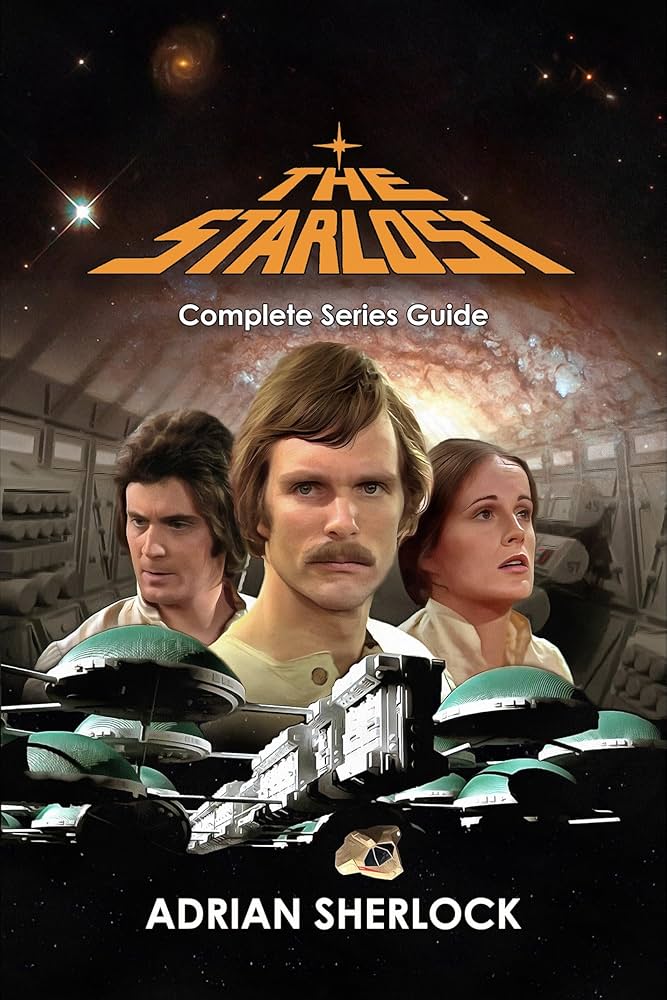
Harlan Ellison’s vision for this series—generation starships carrying Earth’s survivors through space after planetary destruction—promised sophisticated science fiction for television audiences. Reality proved sometimes the distance between concept and execution exceeds space between stars.
Devon, Rachel, and Garth navigated massive Earth Ship Ark, discovering most crew had forgotten their missions over generations of interstellar travel. Creative differences and budget constraints transformed Ellison’s ambitious concepts into something he barely recognized, leading him to use pseudonym Cordwainerbird in credits—sci-fi equivalent of removing your name from projects.
11. The Girl with Something Extra
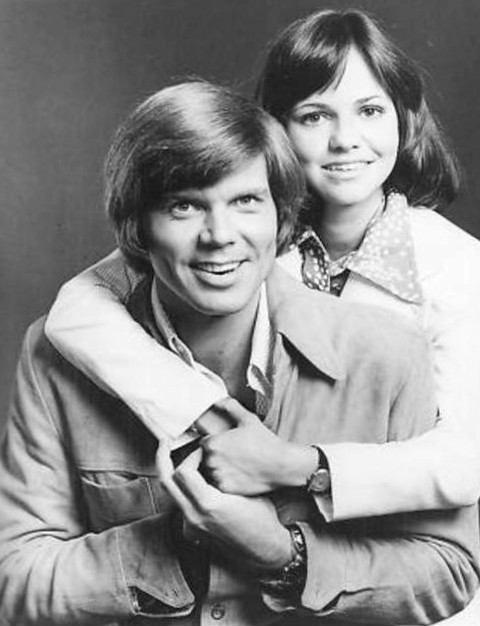
Sally Field—fresh from flying as The Flying Nun—landed in this high-concept domestic comedy as Sally Burton, a newlywed whose wedding gift from the universe was telepathy. Her husband John quickly discovers “for better or worse” includes his wife hearing every unfiltered thought, creating marriage where poker faces become impossible and white lies go extinct. Sally’s mind-reading abilities transform everyday situations into comedic minefields—dinner parties become psychological battlegrounds, shopping trips turn into accidental exposés of strangers’ inner lives. John’s perpetual struggle maintaining mental privacy creates charming metaphors for marital adjustment balancing supernatural elements with relatable domestic tensions.
10. Sigmund and the Sea Monsters

Sid and Marty Krofft‘s underwater take on “E.T.” starred Billy Barty as Sigmund, gentle sea monsters befriending human brothers Johnny and Scott Stewart. Unlike family members—Big Daddy Ooze, Sweet Mama Ooze, and brothers Blurp and Slurp—Sigmund lacked necessary meanness to terrorize beachgoers, making him monster equivalent of conscientious objectors.
The Stewart brothers protected their seaweed-covered friend from both monstrous relatives and nosy neighbors, creating stories about acceptance resonating with young viewers feeling different from peers. Rubber costumes and practical sets created tactile fantasy worlds contrasting sharply with today’s CGI creations.
9. The Bugaloos

Imagine The Beatles with butterfly wings living in psychedelic forests—that’s essentially this Sid and Marty Krofft creation’s premise. Joy, Courage, Harmony, and IQ formed British pop groups bouncing through Tranquility Forest performing songs sounding like The Monkees after discovering experimental mushrooms.
Their nemesis, Benita Bizarre (played with scene-chewing glee by Martha Raye), represented establishment attempts controlling youth culture through music monopolization schemes. The show’s trippy visuals and sugary soundtracks created viewing experiences either enchanting or traumatizing young viewers—no middle ground existed.
8. Space: 1999
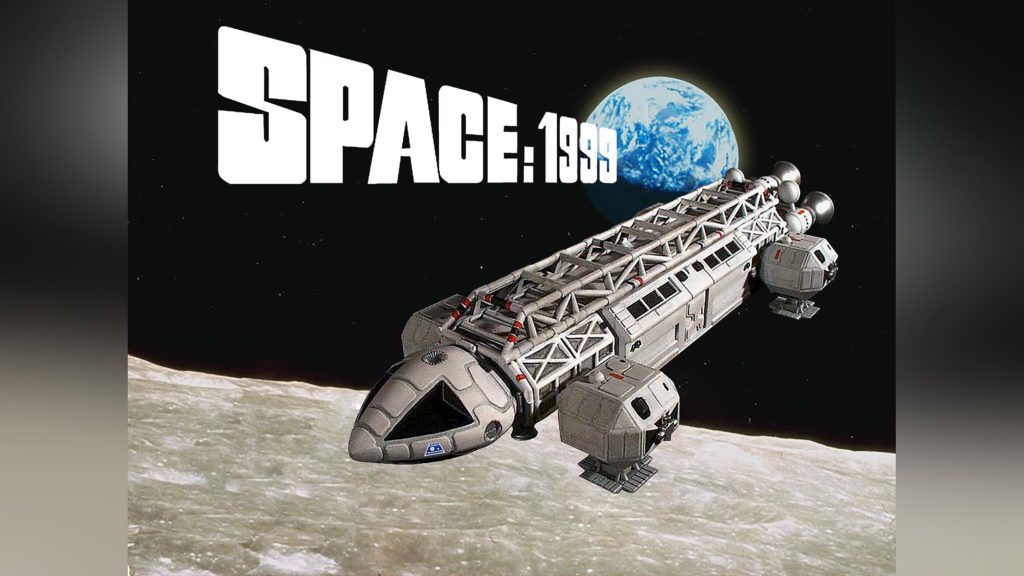
Before CGI turned space into infinite digital playgrounds, Space: 1999 embraced analog sci-fi’s tactile beauty. Nuclear waste explosions catapult the moon—with Moonbase Alpha inhabitants—into cosmic unknown territory. Commander Koenig, Dr. Russell, and Professor Bergman navigate this existential nightmare with British stoicism making Ted Lasso look emotionally unhinged.
The iconic Eagle spacecraft became the LEGO sets that never were—practical, utilitarian vessels feeling genuinely operational. Barry Gray’s synthesizer-heavy score doesn’t just accompany action; it becomes cosmic isolation’s sonic embodiment, like Brian Eno scoring your abandonment issues.
7. When Things Were Rotten

Years before “Men in Tights,” Mel Brooks brought anarchic sensibility to television with this madcap Robin Hood reimagining. Dick Gautier starred as Robin who was less “prince of thieves,” more “king of chaos,” leading merry men who were more merry than competent. The show machine-gunned jokes at viewers with velocity influencing everything from “Airplane!” to “30 Rock.”
Prince John’s dungeon held prisoners wearing conga outfits, while characters regularly broke fourth walls with contemporary references shattering historical accuracy pretenses. Despite lasting only 13 episodes, the series pioneered rapid-fire comedy approaches later defining shows like “Police Squad!” and “Arrested Development.”
6. Lancelot Link: Secret Chimp

Before Andy Serkis brought CGI creatures to life, Lancelot Link pioneered different performance capture—dressing actual chimpanzees in human clothes and dubbing them with human voices. This simian spy spoof featured Lancelot working for Agency to Prevent Evil (APE) against nefarious Baron von Butcher and his Criminal Organization for Corruption, Knavery, And Treachery (COCKROACH).
Production required herculean patience as trainers coaxed performances from chimps interacting with miniature cars and tiny telephones. Human voice actors provided rapid-fire dialogue filled with puns making James Bond groan. The result was either television’s most ambitious comedy experiment or its most elaborate practical joke.
5. Korg: 70,000 B.C.

While most family dramas centered on suburban households dealing with teenage dating and career challenges, Korg boldly asked what happens when setting this 70,000 years in the past. Following Neanderthal families led by Korg, the show transformed everyday survival—finding food, water, shelter—into dramatic stakes making modern problems seem trivial.
Burgess Meredith’s authoritative narration provided context for prehistoric techniques, explaining stone tool use and fire-making with nature documentary gravity. The show’s commitment to anthropological accuracy sometimes limited dramatic potential—turns out Neanderthal politics lack “House of Cards” intrigue—but educational approaches represented bold experiments combining entertainment with prehistory lessons.
4. Captain Caveman and the Teen Angels
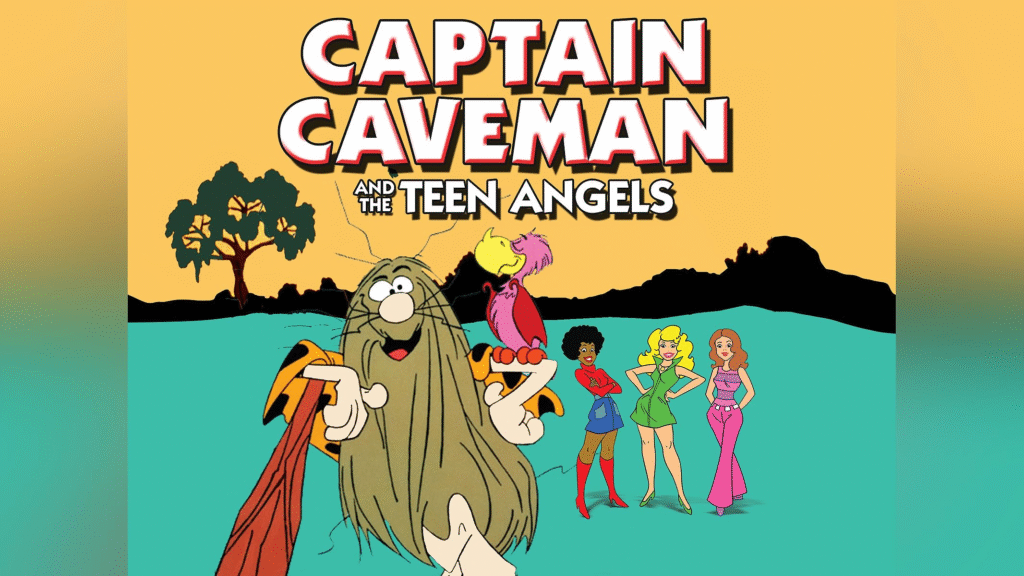
Hanna-Barbera‘s prehistoric superhero Captain Caveman teamed with fashion-forward teenage detective trios—Brenda, Dee Dee, and Taffy—creating hybrids of “Charlie’s Angels” and “The Flintstones.” Cavey emerged from caves when needed, wielding trusty clubs containing impossible gadget arrays making Batman jealous.
Their mystery-solving adventures followed Scooby-Doo templates so closely you could practically overlay episodes, with Captain Caveman’s unintelligible grunts and caveman slang providing comedic counterpoints to Angels’ detective work. The show captured decade animation aesthetics perfectly—limited movement, recycled backgrounds, and character designs prioritizing distinctive silhouettes over anatomical accuracy.
3. The Secrets of Isis
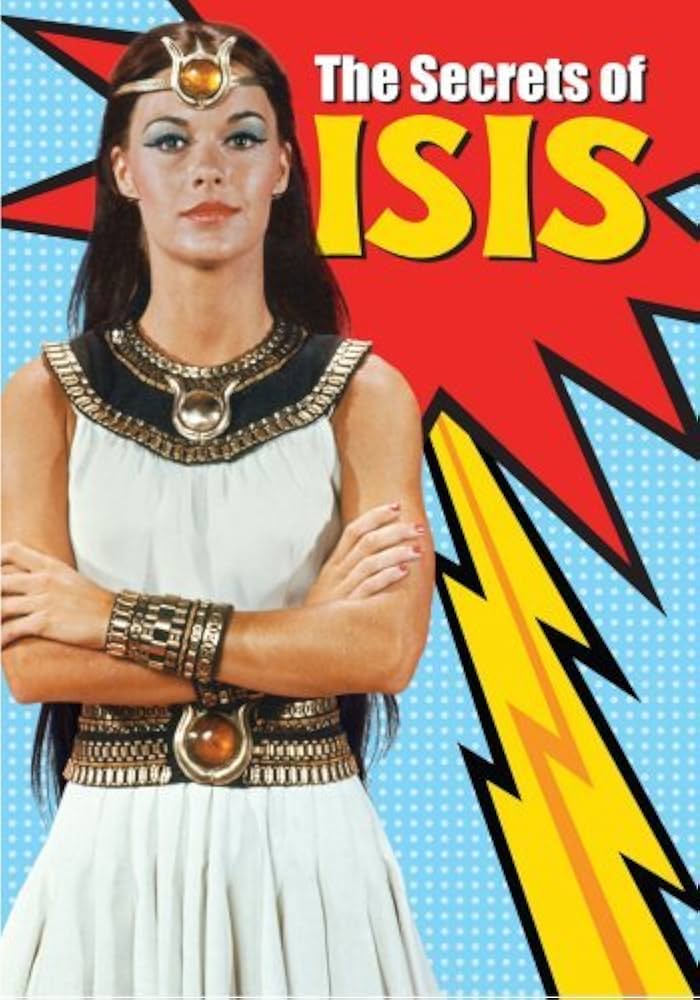
Before Wonder Woman reached theaters and Captain Marvel took flight, Joanna Cameron broke superhero glass ceilings as Andrea Thomas, science teachers transforming into goddess Isis using ancient Egyptian amulets. Her powers included flight, super strength, and elemental control—capabilities making her formidable even in today’s superhero-saturated media landscapes.
The show crossed over with “Shazam!” creating television’s earliest shared superhero universes decades before Marvel made it standard practice. Beyond action sequences, Isis delivered moral lessons with lightning bolt subtlety, ensuring young viewers understood importance of honesty, responsibility, and environmental stewardship.
2. Electra Woman and Dyna Girl

Before Wonder Woman lassooed prime time, Electra Woman and Dyna Girl brought female superheroics to Saturday mornings. Lori and Judy fought crime with Electrocoms—wrist devices predating Apple Watches by decades but offering significantly more useful functions like “Electra-Beam” and “Electra-Force.”
From their Electra Base, the duo battled colorful villains including Spider Lady and Empress of Evil under mentor Frank Heflin’s guidance. Their primary transportation, the Electracraft, looked suspiciously like dune buggies with extra lights attached. While lacking sophisticated effects, bold costumes and stylized action sequences helped define campy superhero aesthetics.
1. Ark II
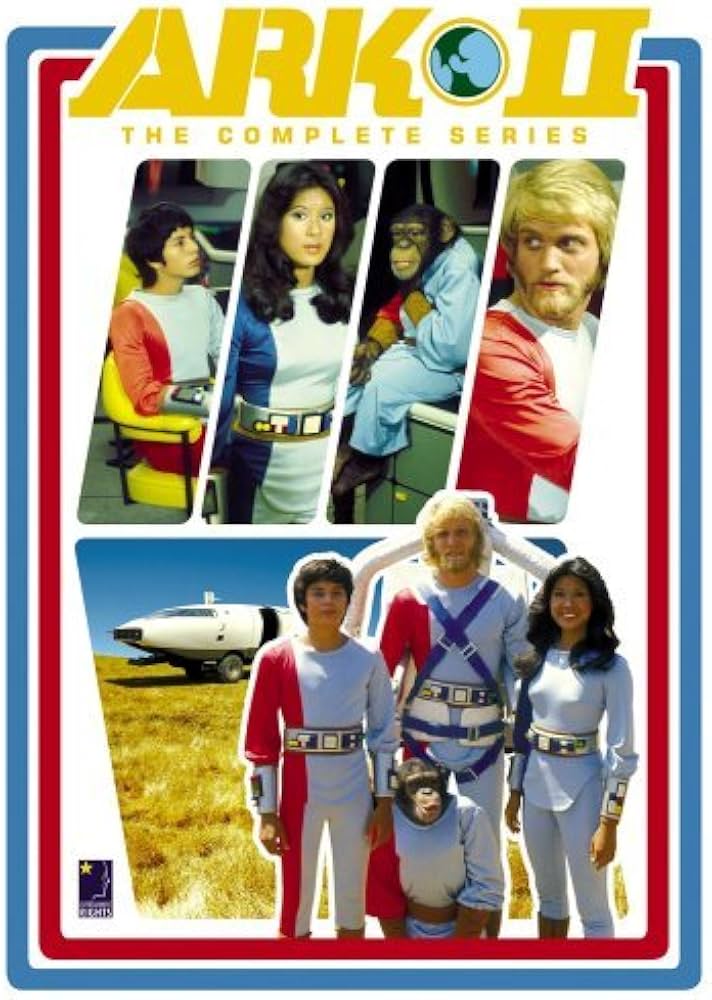
While today’s post-apocalyptic shows revel in gritty despair, Ark II offered surprisingly hopeful visions of Earth’s recovery. Set in the 25th century after ecological collapse, the series followed Captain Jonah and crew traveling in their eponymous vehicle—essentially futuristic RVs making today’s luxury motorhomes look like covered wagons.
The team included talking chimpanzee Adam serving as both comic relief and moral compass. Their ROR (Roamer) vehicle allowed difficult terrain exploration, while Jonah occasionally deployed jetpacks looking suspiciously assembled from household appliances. Despite limited budgets, the show tackled environmental themes with surprising sophistication. For a broader look at the era’s innovation, explore 20 shows that shaped television and still influence what we watch today.




